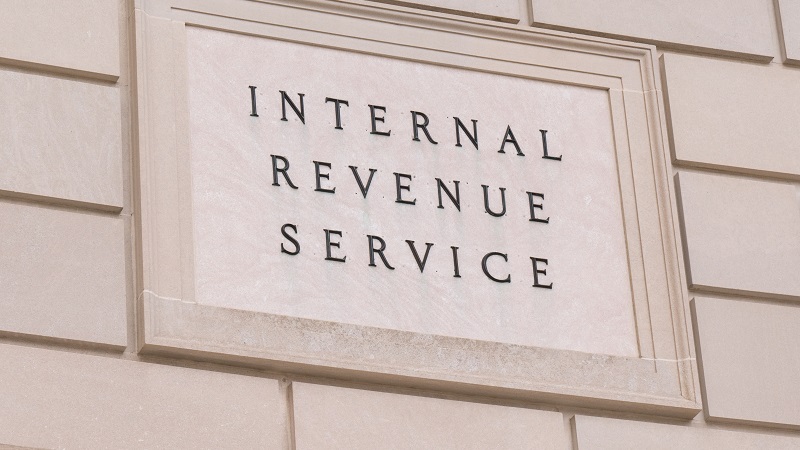On March 8, 2019, the U.S. Internal Revenue Service (IRS) released an international practice unit (IPU) on the Competent Authority Process Under a MAP Article of a U.S. Income Tax Treaty.
U.S. income tax treaties aim to reduce or eliminate double taxation on income from sources within one Contracting State paid to a resident of the other Contracting State. The competent authority process provides taxpayers with access to the Mutual Agreement Procedure (MAP) article of a U.S. income tax treaty. See BEPS Action 14. MAP can be used in addition to potential remedies available under domestic law.
The IPU provides an overview of the process for competent authority requests made to the U.S. competent authority under a MAP article in a U.S. income tax treaty. Almost all U.S. income tax treaties have a MAP article, but the specific provisions of individual MAP articles will vary with each treaty. Under most U.S. income tax treaties, a taxpayer may request assistance from the competent authority of the country of which it is a treaty resident, national, or citizen.
A taxpayer can request competent authority assistance when it considers that the actions of one or both Contracting States to a U.S. income tax treaty result or will likely result for the taxpayer in double taxation or other taxation not in accordance with the treaty. The IRS encourages taxpayers to consider a pre-filing conference with the U.S. competent authority prior to submitting the competent authority request.
Upon receipt of a competent authority request, the U.S. competent authority will issue an acknowledgement letter to the taxpayer, which is not an acceptance. The U.S. competent authority’s acceptance of a competent authority request depends on whether the request is “justified.”
After the U.S. competent authority determines whether to accept a request for assistance under the MAP article, it will determine whether it can resolve the issue(s) through a unilateral solution before seeking a bilateral resolution with the competent authority of the other Contracting State. The U.S. competent authority will not unilaterally resolve certain issues (e.g., a question of treaty residency).
If the U.S. competent authority accepts a request for competent authority assistance under the MAP article, and a unilateral solution is not available or appropriate, the U.S. competent authority will generally seek agreement with the competent authority of the other Contracting State. The competent authority for the Contracting State, which took the action resulting in the dispute, will prepare a position paper and provide it to the competent authority of the other Contracting State. Next, the competent authorities may exchange correspondence or conduct additional fact-finding. The competent authorities will then negotiate the case.
Where competent authority resolution is reached and is accepted by the taxpayer, the terms of the agreement will be documented in a disposition memorandum, which the U.S. competent authority will provide to the IRS office responsible for implementing the resolution. The U.S. competent authority will then direct the relevant IRS office(s) to carry out administrative implementation of the terms of the disposition memorandum.
Where no competent authority resolution is reached, the U.S. competent authority will release jurisdiction over the issue(s) back to Exam or Appeals for further administrative processing.
The taxpayer who made the competent authority request may accept or reject a proposed competent authority resolution. The taxpayer can also withdraw its competent authority request at any time. Competent authorities may deem the taxpayer to have rejected the tentative resolution if the taxpayer does not timely accept it (i.e., within 30 days). The competent authority may determine that a longer period is appropriate depending on the facts and circumstances of the case.
Click here for more information on our BEPS research and technology solutions to address your immediate and ongoing needs.








